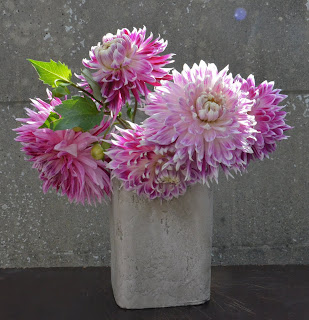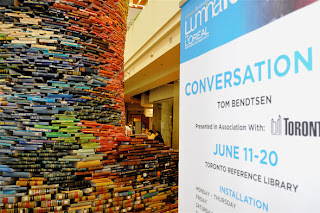 I have already mentioned the new court house in Antwerp, the one that has resemblance with nostalgic newspaper cones. This package was used by french fries sellers, was made of newspapers and became a symbol of good old days in Flanders. I don't know if I like Justitie Palais or not, in any case I always feel a slight discrepancy between design and function. In our post-modernistic times 100 hundred year old rules about design that should follow function are not meticulously observed anymore. It looks more like an airport or an exhibition center to me. A friend of mine who saw photos taken yesterday night thought that it is a train station. Some photos are here (not mine). I haven't done anything with my photos yet, not good at it)so I place them as they are.
I have already mentioned the new court house in Antwerp, the one that has resemblance with nostalgic newspaper cones. This package was used by french fries sellers, was made of newspapers and became a symbol of good old days in Flanders. I don't know if I like Justitie Palais or not, in any case I always feel a slight discrepancy between design and function. In our post-modernistic times 100 hundred year old rules about design that should follow function are not meticulously observed anymore. It looks more like an airport or an exhibition center to me. A friend of mine who saw photos taken yesterday night thought that it is a train station. Some photos are here (not mine). I haven't done anything with my photos yet, not good at it)so I place them as they are.
 on the opposite side of the square
on the opposite side of the square The last stop of the tram is under the staircase of the building. It is quite windy on the stairs leading to the palace. Funny thought : it's good that the judges don't wear wigs in Belgium.
The last stop of the tram is under the staircase of the building. It is quite windy on the stairs leading to the palace. Funny thought : it's good that the judges don't wear wigs in Belgium.

Femida
 Antwerp at night
Antwerp at night

 My tripod wouldn't turn the camera for making a vertical shot but I couldn't pass these
My tripod wouldn't turn the camera for making a vertical shot but I couldn't pass thesebeautiful Art-Nouveau facades without taking some photos











